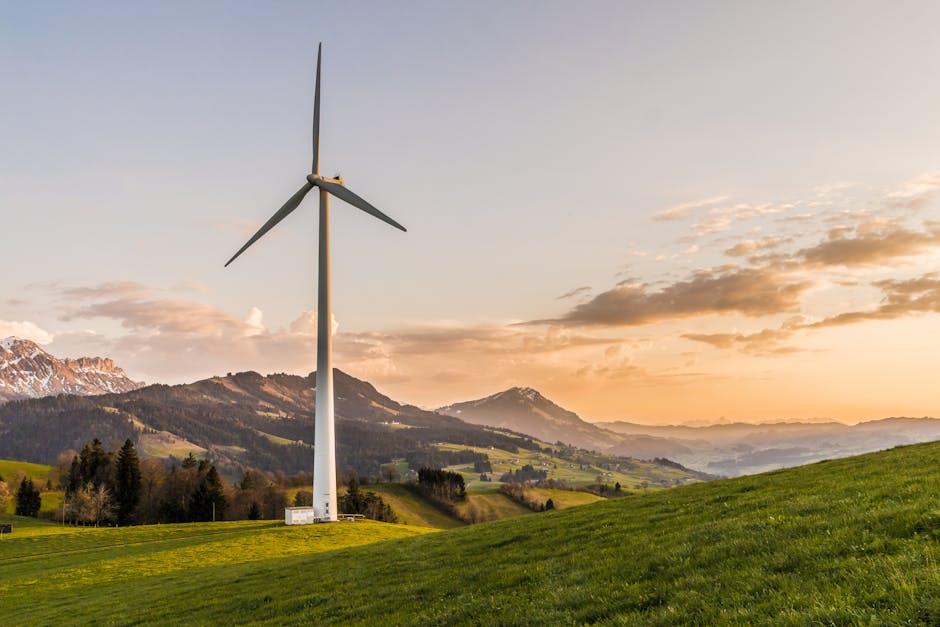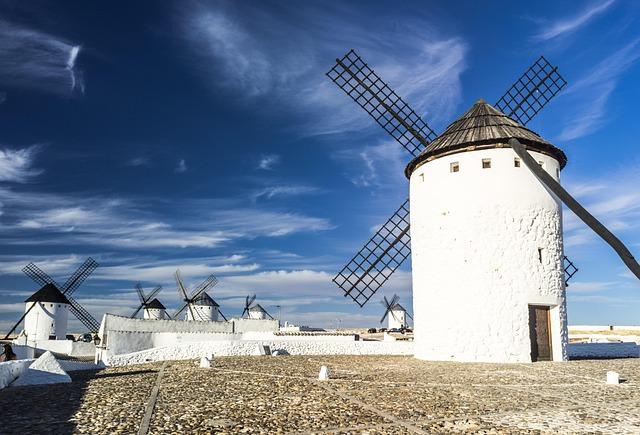
Revolutionizing the Power Grid: An In-Depth Look at Renewable Energy in the Utilities Sector
An upcoming revolution that promises to reshape our energy landscape is dawning upon us. This revolution is called renewable energy and its emergence is causing shocking ripples in the utilities sector. One might wonder, what is this all about? It’s about the transformation and reinvention of the traditional power grid by integrating sustainable and renewable energy sources.
In this article, we take an in-depth look into how renewables are revolutionizing the power grid, the profound implications for the utilities sector, and what the future might hold. We explore the possibilities of a cleaner, more efficient, more flexible, and secure energy future. So, embark with us on this electrifying journey, because the future holds no compromise!
The Shift towards Renewable Energy
The world has been predominantly running on traditional forms of energy like coal and gas for the past century. However, the story has begun to change as we confront the realities of climate change and the pressing need to reduce carbon emissions. Renewable sources of energy like solar, wind, and hydropower have become increasingly important as sustainable alternatives to fossil fuels.
Renewable energy is making headlines, attracting significant investment, and fostering innovation across the utilities sector. From solar panels to wind turbines, to smart grids, and energy storage solutions, renewable technologies are advancing at a rapid pace.
A. Renewable Energy’s Impact on the Power Grid
One significant aspect of the renewable revolution is the transformation of the traditional power grid. Originally designed for one-way distribution of power from a central station to consumers, the antiquated power grid is being replaced by a more dynamic, robust, and decentralized system, often referred to as a smart grid.
The smart grid can integrate multiple energy sources, including renewables. It can react in real time to changes in energy demand and supply, accommodate two-way power flows, handle more distributed generation, and vastly enhance efficiency and reliability.
Incorporating renewable energy sources into the grid isn’t just about changing the type of energy we use – it’s about reinventing the way we distribute, manage and even consume energy.
B. Benefits and Implications for the Utilities Sector
Transitioning to renewable energy has several advantages for the utilities sector:
– Sustainable and Environmentally Friendly: Renewables are an inexhaustible source of clean energy that help reduce greenhouse gas emissions.
– Economic Opportunities: Renewable energy creates economic opportunities through job creation in manufacturing, installation, and maintenance services.
– Decentralization: Distributed generation enables energy self-sufficiency and reduces dependence on a centralised power grid.
– Resilience: A diversified energy mix enhances grid resilience, reducing the risk of blackouts.
Case Study: Firsthand Experiences
There are numerous instances of renewable energy revolutionizing the utilities sector across the globe. Let’s take a look at a couple of them.
A. Germany’s Energiewende
Germany’s innovative energy transition, known as the “Energiewende”, is a prime example of renewable energy revolutionizing the power grid. The country aims to generate at least 80% of its electricity from renewables by 2050, and it’s extensively using wind, solar, and biogas.
B. Danish Island of Samsø
The Danish Island of Samsø, which is 100% powered by wind and solar energy, provides another shining example of renewable energy transforming an entire community’s electricity system.
Practical Tips for Embracing Renewables
Welcoming renewables into your life isn’t as complicated as it seems. Here are some tips:
– Conduct an Energy Audit: Understand your energy consumption to identify potentials for solar or wind power integration.
– Invest in Energy Efficiency: Before generating your renewable energy, make sure you conserve what you have.
– Explore Community Solar: If personal solar panels are not an option, consider participating in a community solar program.
– Contact Local Utilities: Many utilities offer green power programs or incentives for consumers to shift to renewable energy.
Conclusion
Renewable energy is undeniably reshaping the power grid and revolutionizing the utilities sector. This transition is not just about clean energy and combating climate change. It also entails the creation of resilient, dynamic, and decentralized power systems that offer diverse economic opportunities. It’s a revolution whose time has come. The thrilling journey ahead promises a much brighter and more sustainable future for us all.

Leave a Reply